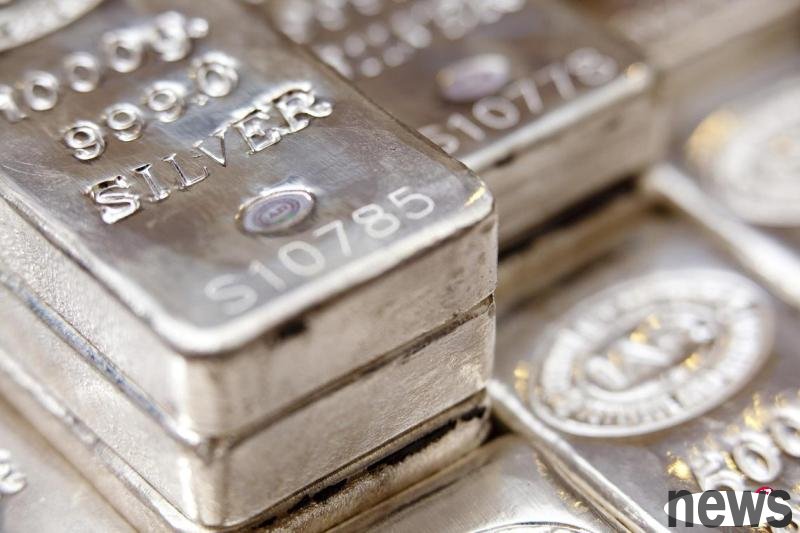Trump issued a tariff threat last weekend, announcing a 30% tariff on Mexico and the EU and notifying major trading partners that the new tariffs will take effect on August 1 if they cannot negotiate better conditions. As physical supply tightened,...

Trump issued a tariff threat last weekend, announcing a 30% tariff on Mexico and the EU and notifying major trading partners that the new tariffs will take effect on August 1 if they cannot negotiate better conditions.
As physical supply tightened, silver climbed above $39. Silver’s implied annualized borrowing costs for one month have jumped to more than 6%, while it’s usually close to zero.
Silver has risen 32% so far this year, surpassing gold's 27% increase, making it one of the best performing commodities. In addition to being a safe-haven asset, silver also has industrial uses, most notably for solar panels.
Precious metals are denominated in US dollars, so the strengthening of the US dollar reduces the attractiveness of silver to foreign investors. In addition, the EU and Mexico are the main production sites of silver.
The growing demand for this metal also puts pressure on the physical market in London, as most silver is held by exchange-traded funds (EFTs), meaning silver cannot be used for borrowing or purchasing. According to data compiled by Bloomberg, the number of silver-backed ETFs has increased by about 2,570 tons since February.
As of 10:00 a.m. on Tuesday (July 15), spot silver was $38.25 per ounce (about S$49.05), down nearly 2% from the high of about $39 earlier today. Meanwhile, the U.S. dollar index rose 0.2%.
US President Trump issued a tariff threat to the EU and Mexico, causing the trade situation to become more tense, the dollar rose, and silver prices retreated from their nearly 14-year highs.